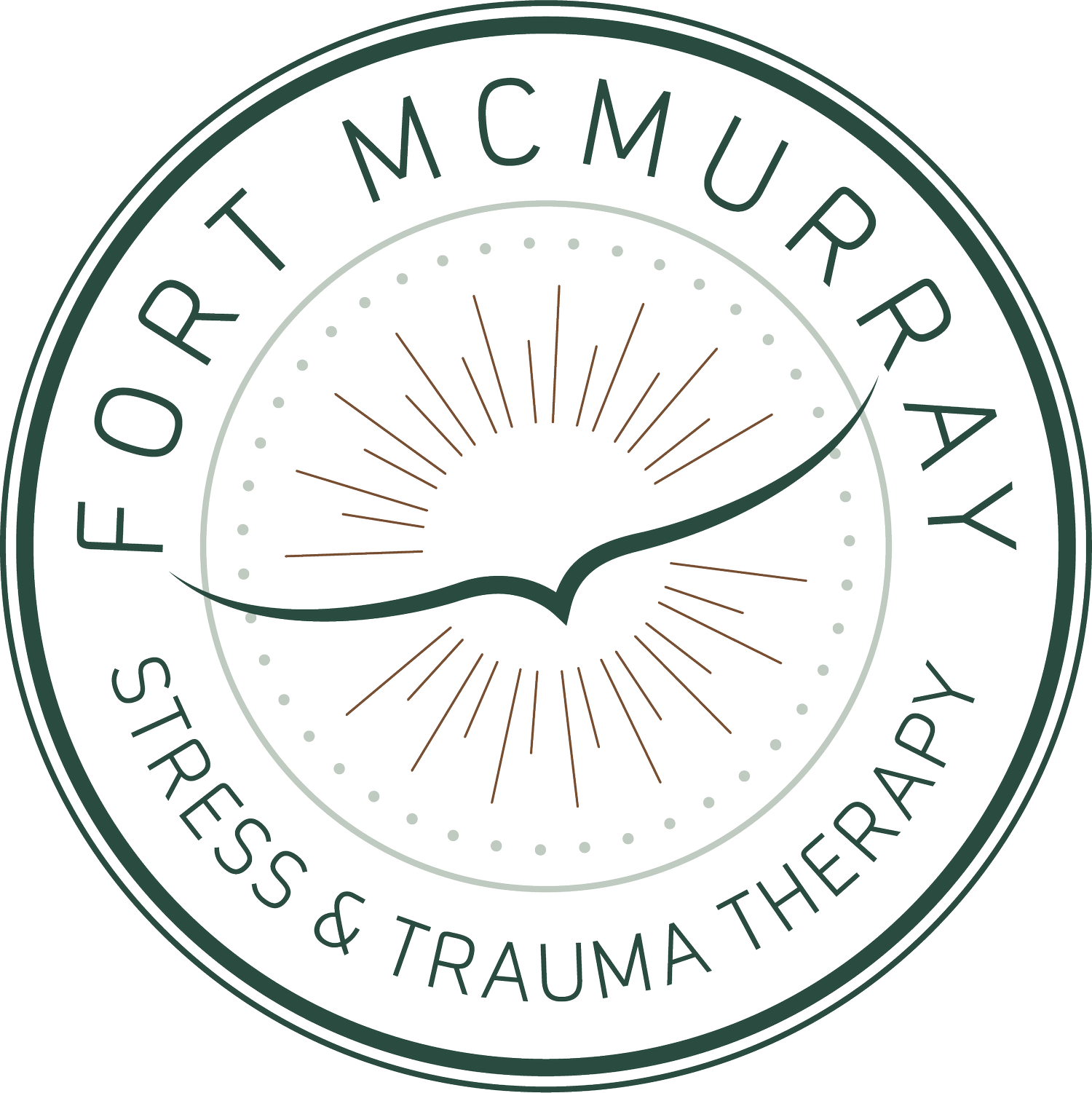
Let’s Work Together
Learn About My Services
Fort McMurray Stress & Trauma Therapy
Trauma is overwhelming.
Starting therapy shouldn’t be.
Here’s what to expect.
Services
Individual Therapy (16+)
Areas of Specialization
-

Therapy for Trauma Recovery
Partnering with you to regain your footing after a sudden traumatic event overwhelmed your ability to cope.
Helping you shift out of survival mode and embrace your self-worth after facing repeated or ongoing trauma.
Childhood Trauma & Developmental Trauma
Guiding you in restoring balance to your nervous system as you process traumatic childhood experiences that lacked support from important adults.
-

Therapy & Support for Parents
Parenting with Past Trauma
Assisting you in processing your own childhood trauma that has surfaced since becoming a parent. Supporting your shift out of automatic reactions and into greater presence and connection with your child.
Parenting After Your Child Discloses AbuseHelping you process the difficult emotions that come with learning your child has been harmed. Holding space for you, so you can be there for them.
-

Stepping into Empowered Boundaries
Helping you heal old boundary wounds so fear and guilt won’t interfere with boundary setting now.
Teaching you how to tune into your body’s boundary needs and develop skills to meet them.
Empowering you to take up space, connect deeper, and embrace both challenges and play by strengthening your sense of safety from within.
Where We’ll Meet
In-Person or Online. You Choose.
-
My office in Fort McMurray is located within The Twisted Body Massage Therapy and Wellness Center, located at:
8600 Franklin Avenue (Suite 615B)
Fort McMurray, AB, T9H 4G8
The second floor of River City Centre is accessible by stairs, escalator (up), and elevator. Please contact me if more information would help you determine whether this space is accessible for you.
-
Online appointments are available to residents across Alberta, through a secure, online platform.
Fees & Insurance Coverage
Your Questions, Answered.
-
$220.00 for a 50-minute session
$330.00 for an 80-minute session
Extended sessions can be helpful when appointments are less frequent or during trauma processing work.
-
I am a Registered Social Worker with the Alberta College of Social Workers. Upon payment, I will provide you with a receipt that includes my registration number.
Direct billing is not currently available for most plans. If you plan to seek reimbursement, ensure your coverage includes services from a Master of Social Work designation.
Direct billing is available for Medavie Blue Cross programs, including the Royal Canadian Mountain Police (RCMP), Veterans Affairs Canada (VAC), and Canadian Armed Forces (CAF), as well as the Victims of Crime Assistance Program (VAP) through Alberta Blue Cross.
Scheduling an Initial Session
-
If you have the information you need and you're ready to book, simply schedule your appointment directly online. No need to reach out to me first.
-
Feel free to send me a message with any inquiries. If you’d prefer a brief chat through phone, please let me know in this message.
All Scheduled?
What Comes Next.
-
You'll receive an email from Jane confirming your appointment. In this email, you'll find paperwork to review and complete. Please complete this information at least 24 hours before your first session. This helps us maximize our time together during your first appointment.
-
Every first session looks a little different. But it's always a time for us to connect and begin developing our therapeutic relationship. You’ll be invited to share your concerns and hopes for the future. We’ll discuss the paperwork you completed and I’ll ask some questions to learn more about you. Together, we’ll begin thinking about goals that could help guide us towards the changes you’d like to experience.

